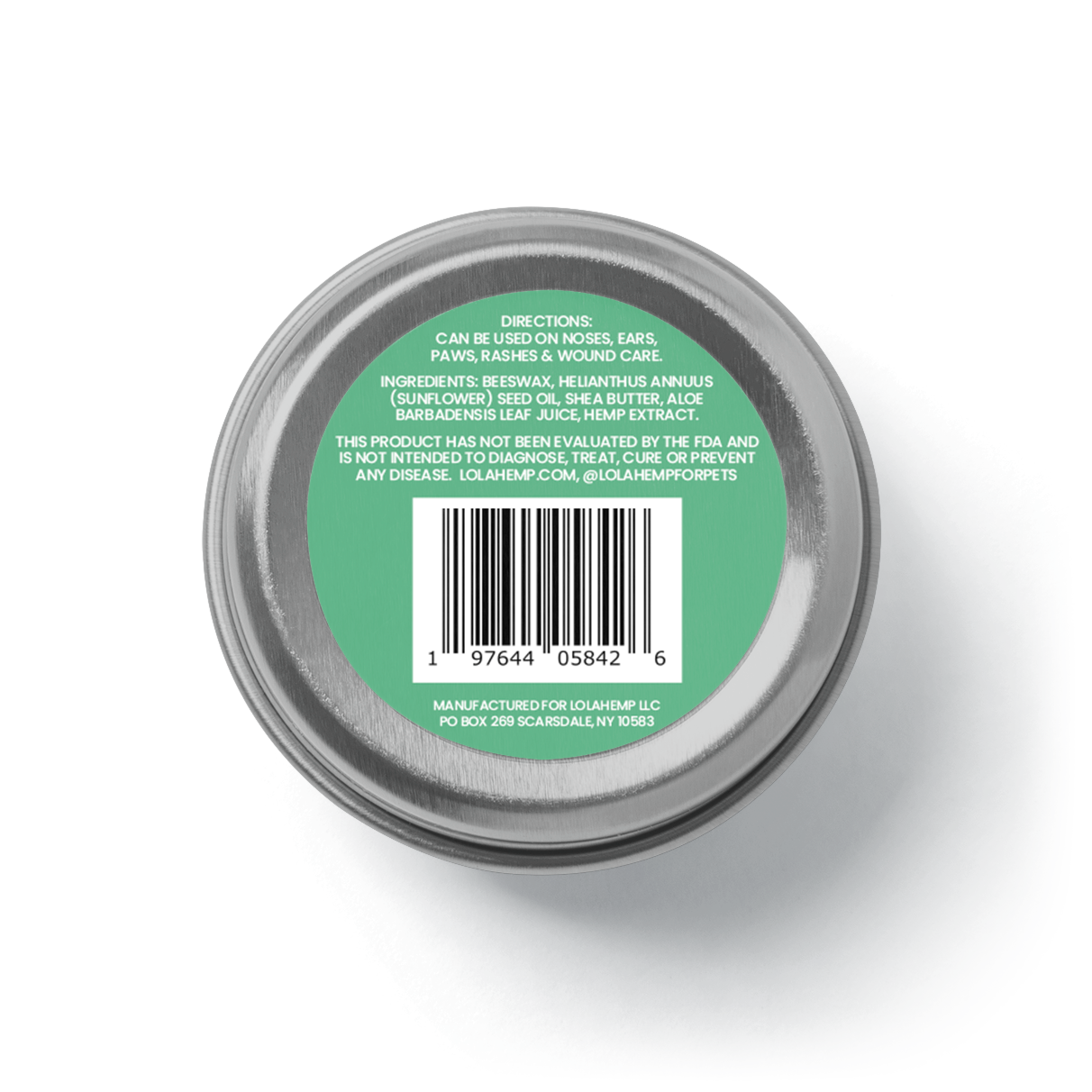While lice is uncommon in dogs, your canine companion can still get infested even if they're well-cared for. That said, bathing, cleaning, and preventative measures can significantly decrease your dog's chances of getting lice.
This article will discuss identifying whether or not your dog has lice, how to prevent your dog from getting infected, and how to resolve the issue if it's already started. Note that scratching and persistent licking are symptoms of allergic reactions as well, so if you're not convinced that lice is the culprit, be sure to consider allergies as a cause of your dog's symptoms.
- There are Two Key Species of Dog Lice
- Symptoms of Lice Infestation in Dogs
- How Dogs Get Infested with Lice
- Can Dogs Catch Lice from People?
- Common Treatments for Dog Lice
- How Long Does It Take to Get Rid of Dog Lice?
- How to Prevent Your Dog from Getting Lice
- Conclusion
- Frequently Asked Questions About Lice on Dogs
There are Two Key Species of Dog Lice
Canine-sucking lice have specialized mouthparts that allow them to pierce the skin. This lice type is especially prevalent in long-haired dog breeds. During heavy infestation, the discomfort level they will cause to the dog is quite severe. Infestation can lead to hair loss, skin infections, itching, and anemia.
Chewing lice get their name from their mouthparts. Their mouth helps with chewing on hair, skin debris, or other organic matter. This species typically infests the head, tail, and neck region. Another chewing louse, heterodoxus spiniger, is common in domestic dogs in tropical regions and can attack any part of the host's body.
Symptoms of Lice Infestation in Dogs
Dogs infected with lice often show the following symptoms:
- Extreme itchiness, often leading to constant scratching
- Possible skin breakage and bleeding due to intense scratching
- Hair loss in the affected areas
- Red, scabby, or inflamed skin
- White flakes resembling dandruff, which are lice eggs
In case you suspect a lice infestation, consult a veterinarian. They will recommend proper diagnosis and lice treatment.
How Dogs Get Infested with Lice
Dogs get lice from a few common sources, but most commonly the cause is another dog. Lice don't actually get on dogs from grass, despite this being a common belief.
Environments with high dog populations such as shelters, dog parks, and kennels increase exposure. Poor hygiene or grooming also contributes, as does sharing grooming tools.
Shared living space such as bedding, toys, or blankets allows for easy transfer. A lack of preventive measures also increases risk.
Can Dogs Catch Lice from People?
No, dogs can't catch lice from people. Lice are host-specific, meaning dog lice only live on dogs and human lice only live on humans.

Common Treatments for Dog Lice
Now that we have covered whether dogs can carry lice, let's explore treatment options.
Chemical products
Fipronil, selamectin, imidacloprid (Advantage), and permethrins are effective lice treatments. They may be topical or oral.
Gentle Shampoo
Gentle shampoos and fine-toothed lice or flea combs help remove lice. Wash the dog, then comb through the coat to remove nits and lice, paying attention to crevices.
Cleaning Contaminated Areas
Wash bedding in hot water, vacuum frequently, and steam-clean rugs or furniture to eliminate remaining lice or eggs.

How Long Does It Take to Get Rid of Dog Lice?
Be patient and realistic—some dogs recover quickly while others take longer. Continue follow-up appointments even if symptoms improve. Lice can linger.
Expect treatment to resolve the issue in 3 to 4 weeks.
How to Prevent Your Dog from Getting Lice
Use the following tips to reduce your dog's risk:
Year-round tick and flea prevention:
Many preventatives also work against lice. Your vet will recommend the best product.
Keep Your Dog's Environment Clean:
Avoid high-risk areas with many dogs, and ensure boarding facilities maintain proper hygiene.
Ask grooming salons about sanitization of their equipment. Shared tools spread lice.

Conclusion
If you haven't, talk to your vet about lice, flea, and tick prevention products. These often come as chews or treats.
Lice on dogs can be tricky to remove, but with veterinary guidance you can eliminate the infestation. Maintain hygiene and use year-round preventatives.
If your dog has been scratching irritated skin, a soothing salve may help. Try a CBD balm for itchy skin on dogs.
Frequently Asked Questions About Lice on Dogs
Can dog lice spread to humans?
No. Dog lice are species-specific and cannot infest humans.
What do lice look like on dogs?
They appear as small tan or white insects and may be seen moving along the hair shaft. Eggs resemble white flakes attached to the fur.
Are lice on dogs contagious to other pets?
Yes. Lice spread easily between dogs and occasionally between other similar species through direct contact or shared bedding.
How often should I bathe my dog during lice treatment?
Follow your veterinarian’s advice, but many recommend bathing every 7–10 days with a gentle shampoo while combing out nits between baths.
Can natural remedies get rid of dog lice?
Natural remedies may help soothe the skin, but they are not reliable for killing lice or eggs. Veterinary-approved treatments are recommended.









